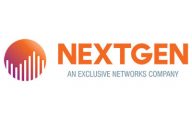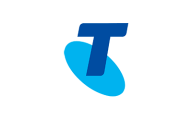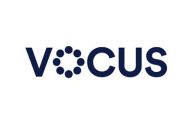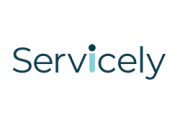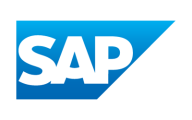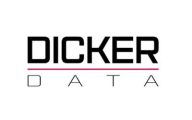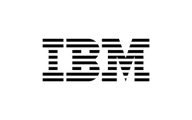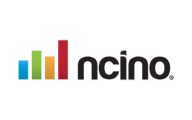Planning and prior preparation prevents piss-poor performance. This adage was written for marketing.
But as logical as it is, it’s incredibly common for technology B2B organisations to leave their annual planning to the last minute or skip it altogether and jump straight into campaign mode across multiple products and programs.
This is often due to a range of issues including complexity across organisational structure and agendas (executive, marketing, sales, product, industry, customer, channel…), lack of clarity around who is or should be leading the planning process, lack of time for people to sit in multiple sessions across a number of initiatives all around the same time of year, and perhaps lack of visibility around budgets and potential ROI.
Finding the time, knowledge and resources for proper planning in the lead up to a new financial period, are essential if you want to minimise the likelihood of ending up with unclear targets and tactics that don’t align with overarching commercial priorities.
To set you up for success you need to determine what programs and initiatives you should start, what you should optimise and what you should stop doing altogether.
So, let’s explore some B2B planning templates that can help you to do this efficiently and effectively.
Looking back to look forward
Nothing compares to having actual results and an honest lowdown on how things are going from those on the frontline like salespeople, customer service agents and customers themselves. It’s recommended that you start by gathering and collating everything you can find out across all your live programs and campaigns.
I use this simple template to bring all these insights together which can easily be replicated across all initiatives. This means that everyone jumping in and out of planning sessions gets familiar with a consistent format and approach across all teams—which helps them to get straight into sharing feedback and ideas, rather than learning new planning approaches at every turn.
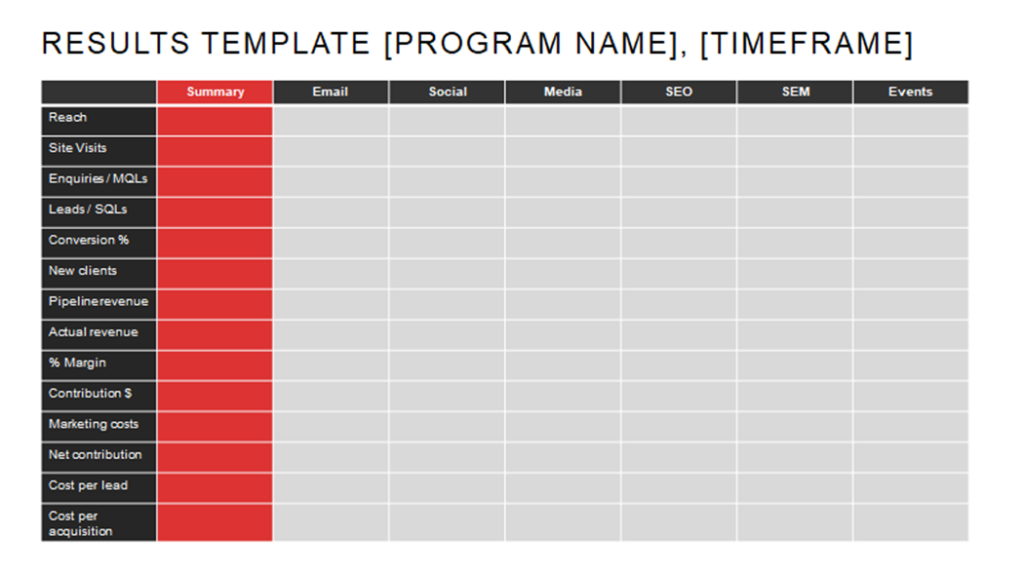
Mapping out new higher-level initiatives
When tackling a period of major change, or at the beginning of the financial year you may want to start with a higher-level view of the business and opportunities.
This can be tricky as there is so much to think about, so pulling it into that all important ‘plan-on-a-page’ to get executive buy-in can feel like a brain-strain to say the least.
My approach to this requirement is to make a house, with all the high-level parts used to form the essential building blocks or foundations. These can be labelled so they make sense for your business and project.

Navigating and consolidating the detail
As marketers know, behind all these big rocks is a huge amount of detail covering audience segments, messaging and content plans, across owned, earned and paid channels.
To formulate the strategy, we need to start by getting a firm grasp of the market situation, audience need, and unique selling proposition. This simple template, courtesy of Mark Pollard at SweatHead has earned permanent residency in my marketing strategies. It’s a platform that requires a fair amount of crafting to articulate the key insights that will lead to the strategy and consequently the more detailed go-to-market plan.

The go-to-market plan then details all the content and channels, along with the processes, platform and reporting to ensure that customers have a great customer experience through their end-to-end journey from awareness to purchase, and beyond. So, after exploring all these areas in a richer, more in-depth strategic document, I summarise the recommendations down to this simple executional plan-on-a-page which also provides a springboard to the executional requirements like budgeting, creative briefs and timelines.

This also means that you have a strategy that is crafted to last for a year at the very least—enabling you to move from a campaign-by-campaign approach, which is more heavy lifting, to a more strategically-led, insight and results-based program, that can be more easily evolved and optimised overtime.
And finally, this slide should marry back to your financial forecasts and ROI projections discussed earlier, making it a rock-solid strategy with a compelling commercial argument.
Want to learn more?
Mel Johnstone is an experienced marketing strategist and trusted outsourced marketing director to both enterprises and SMBs in the B2B tech space. Get in touch to discuss your planning needs.






